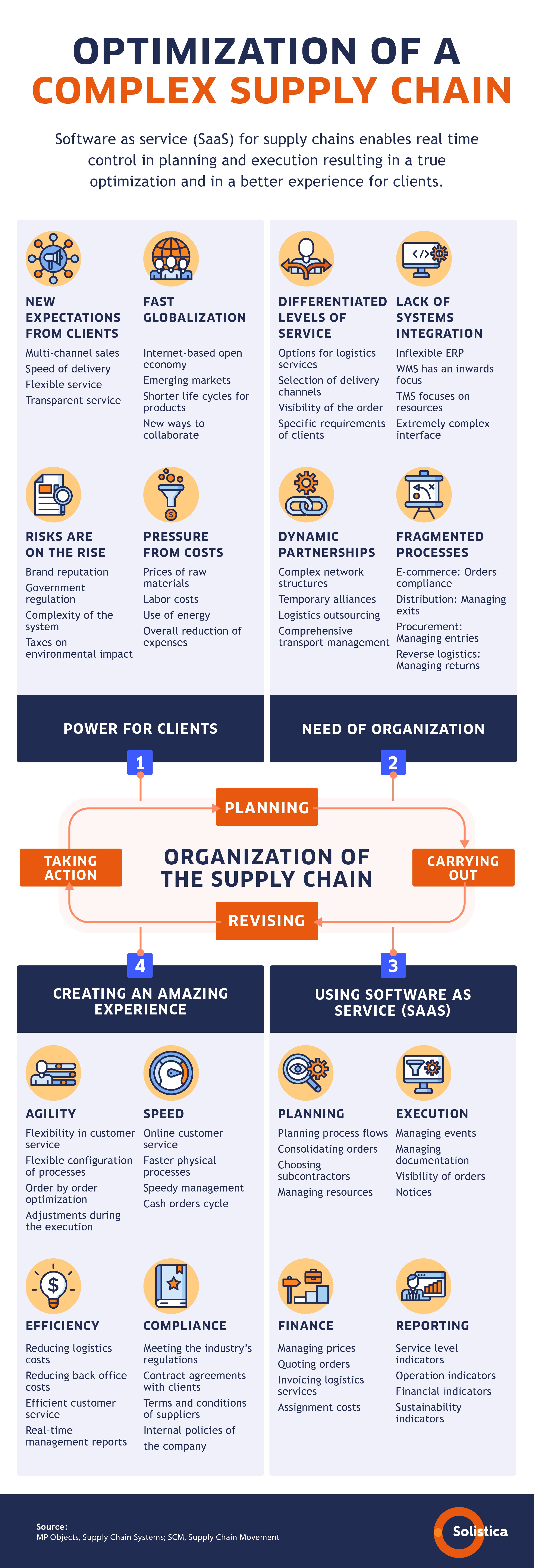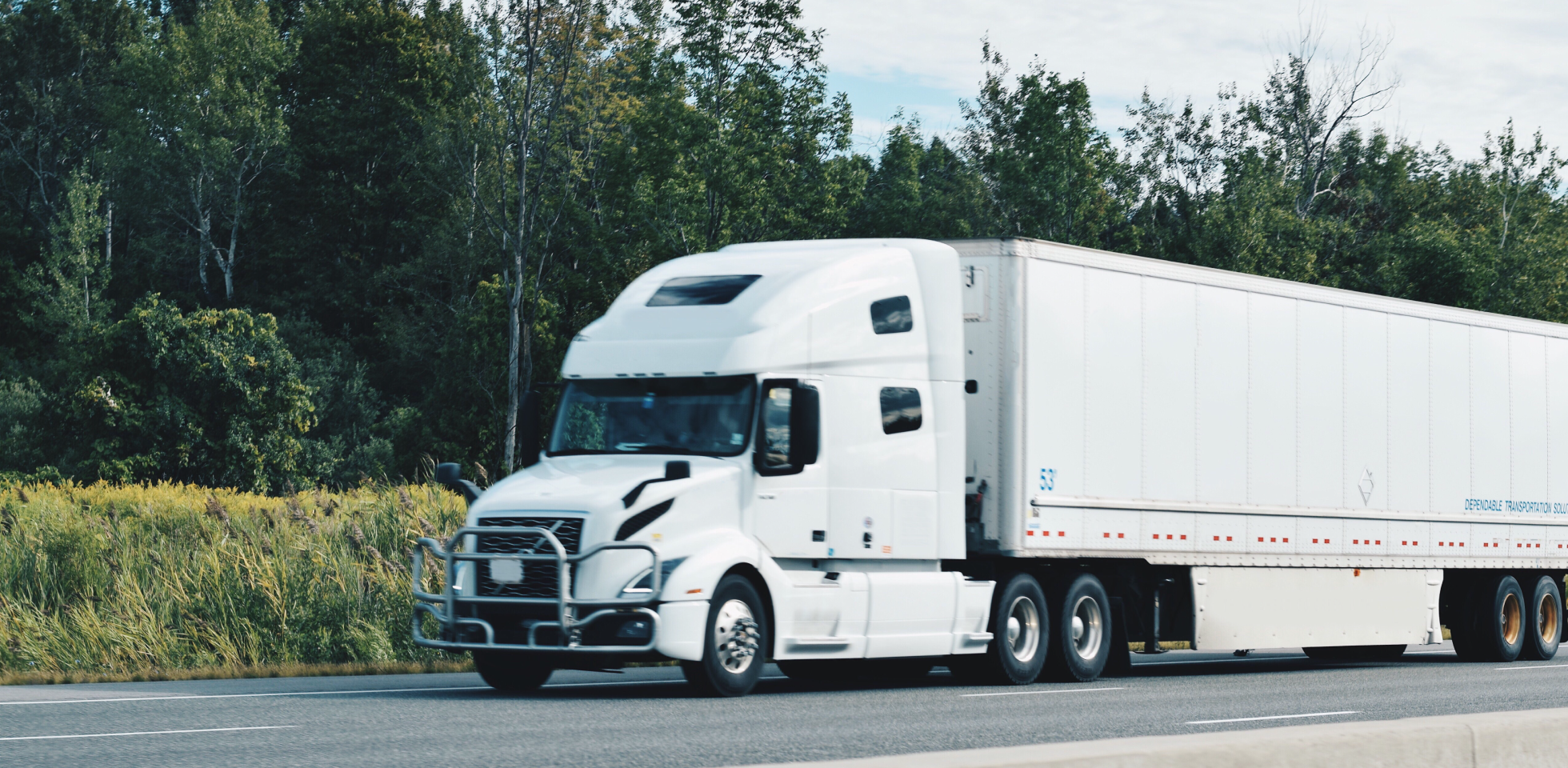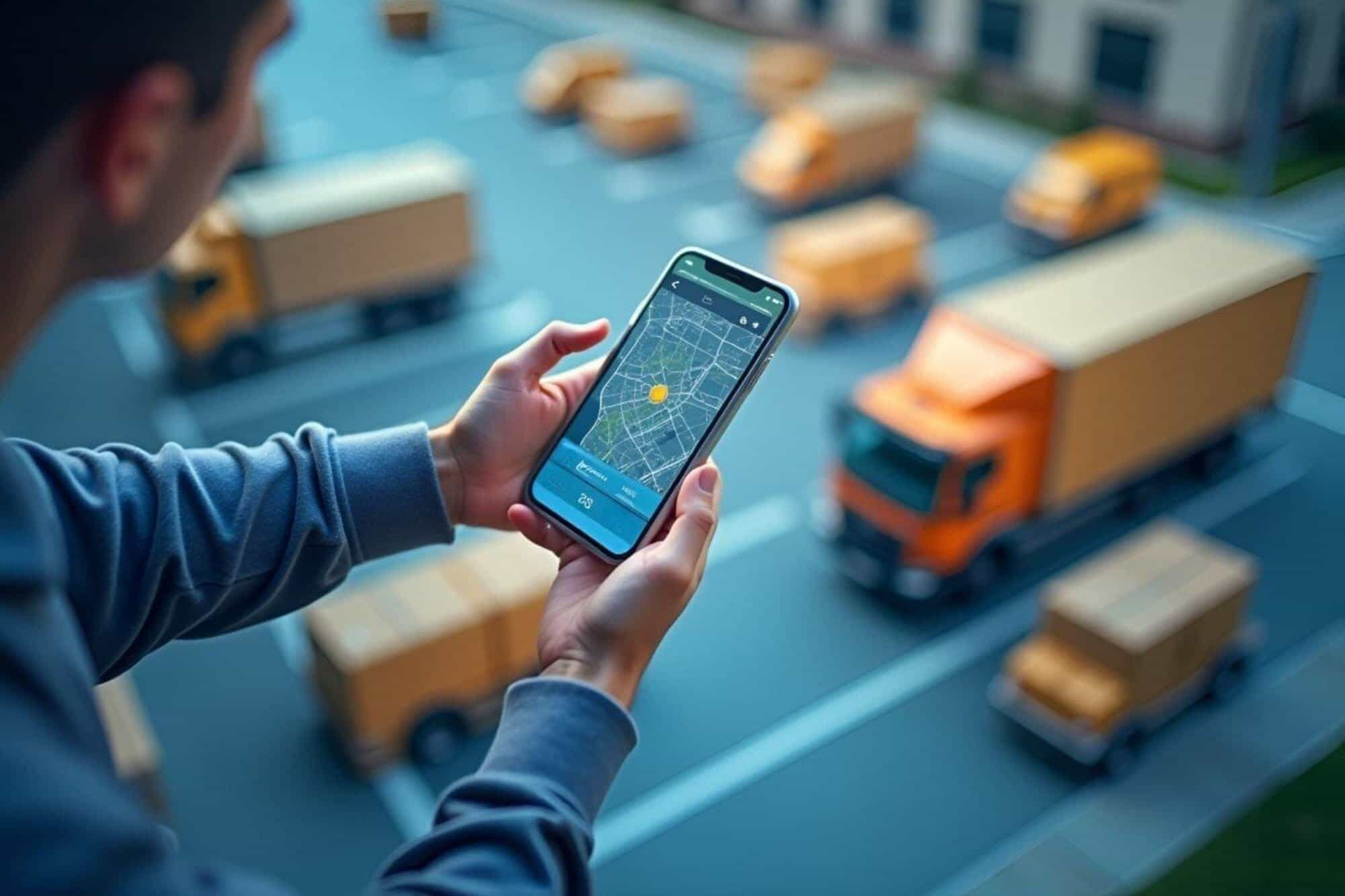In transportation activities, risks are a constant factor at all stages, from loading to final delivery. A constant factor that, however, can be controlled by understanding these risks, and using the right tools and strategies.
Companies in this industry can use methods, initiatives and technologies that are capable of significantly reduce risks and increase preparedness in case foreseen situations arise.
These risks include potential impacts on fleet integrity and safety, occupational safety, and on-time and delivery compliance issues. These are some of the most important ones:
- Weather events, natural disasters, weather's inclemency in general, and extreme temperatures
- Road traffic
- Sea conditions, in case of maritime operations
- Social hazards
- Infrastructure outages, traffic jams, roads in poor condition, streets without traffic lights, etc.
- Accidents, collisions, or cargo vehicles rollovers
- Load losses
- Robbery on the road
To face this wide range of risks, it is necessary to implement a transportation risk management methodology, which involves the identification, analysis, and evaluation of common risks in different stages of the process, in order to obtain a more comprehensive vision, to evaluate each of the risks individually and to design strategies to deal with them.
Basic elements for transportation risk management
Once the list of threats also presenting the impact that they could generate has been compiled, a more detailed analysis is carried out to quantify the risks and to obtain a more accurate criterion for the options to handle them.
Although a good transportation risk management strategy must be tailored to each individual organization, there are some necessary common foundations:
- To count on executive support for management.
- To define leadership and organizational management responsibilities.
- To formalize courses of action using a holistic approach.
- To re-evaluate existing policies, processes, and standards in light of the new management.
- To integrate this sub-process into existing business processes.
- To use the most sophisticated risk analysis tools available and modern solutions to automate incident resolution tasks.
The essential support of technology
Expanding on this last point, we must recognize that technology has become a great ally of transport operators to automatically and better foresee, and control unsettled or dangerous situations. Here are some examples:
- A good anti-theft protection system in the fleet (engine lock, door lock, cargo area lock, panic button installed in the cabin) can reduce the chances of robbery on the route trying to take over the cargo, or even the vehicle itself.
- Driving assistants installed in the vehicle's dashboard give transportation companies the possibility of monitoring bad driving practices, such as speeding, one of the most common causes of road accidents.
- Auxiliary track scheduling systems capable of modifying the route in real time make it possible to optimize delivery routes and better deal with impassable roads or whatever may come along the way.

Finally, it is necessary to consider that, if the security issue is not being systematically addressed in transportation operations, large economic risks directly related to the value of the cargo and vehicles may occur. Also, this may create potential problems that lead to supply chain disruptions, which in turn damages the reputation and profits of the businesses involved.
On the other hand, a proper management is a tool that minimizes the impact on the chain and improves the competitive edge of the companies in the sector.







